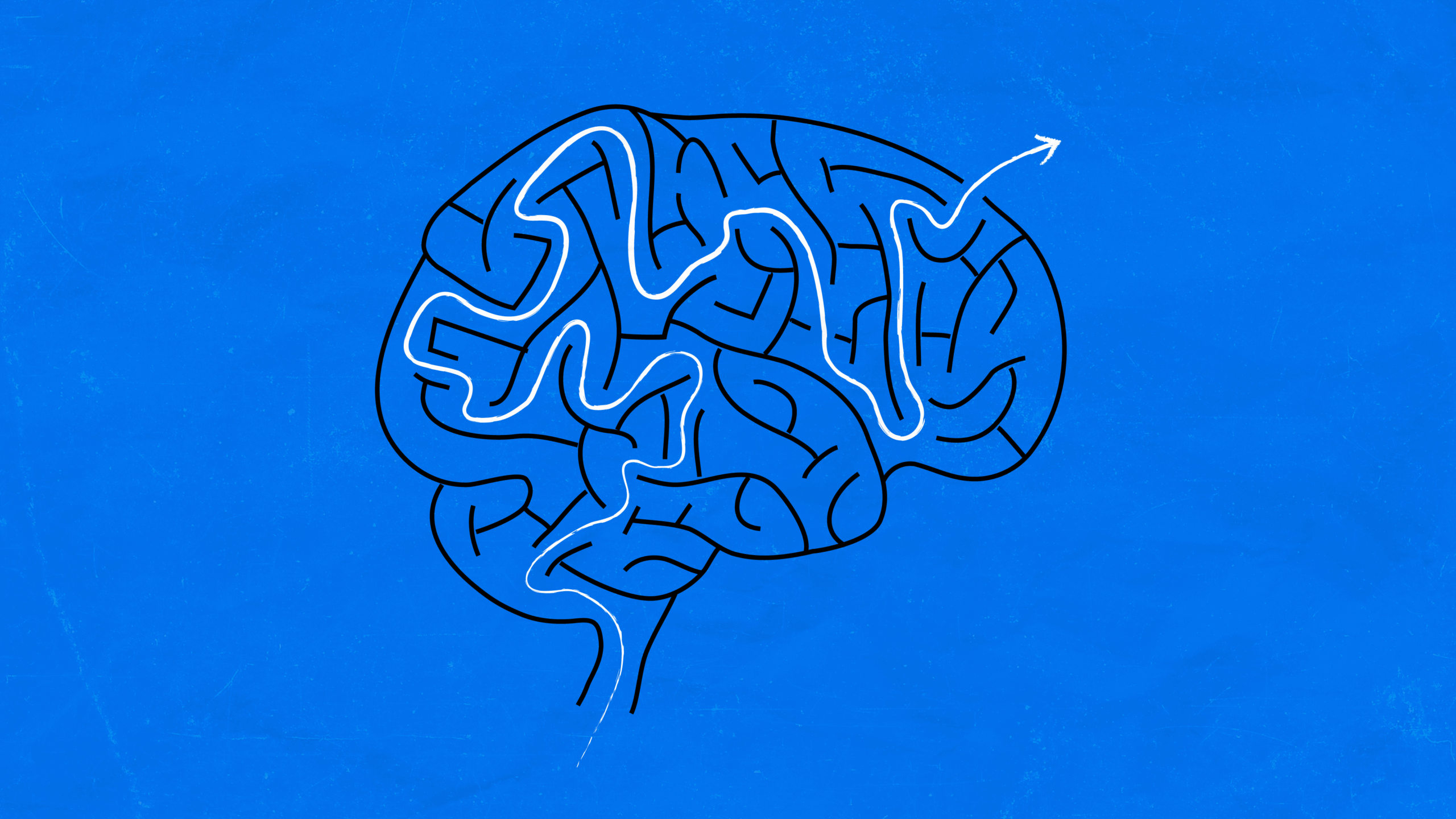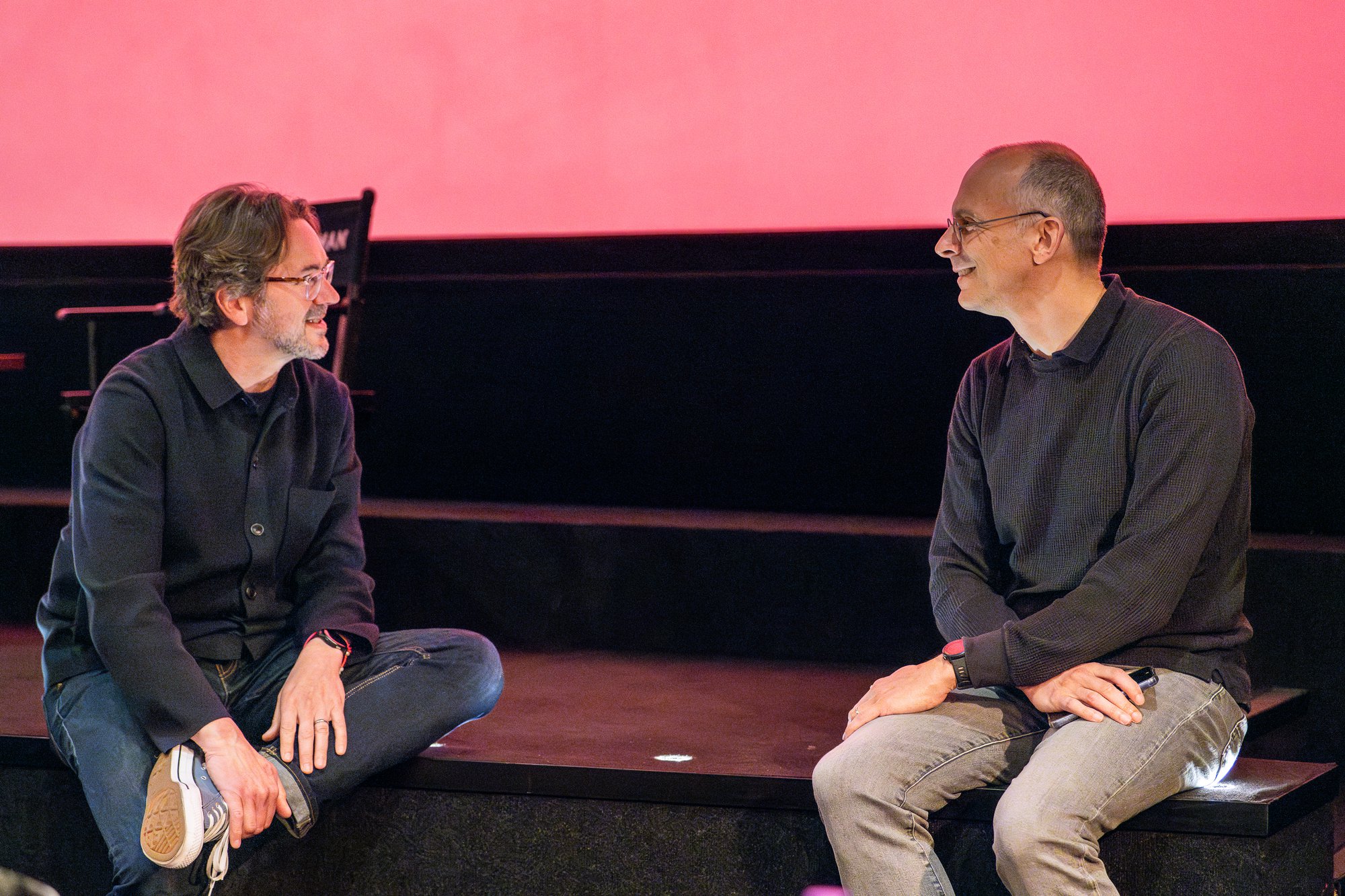Will AI bring people back together in the future?

In today’s blog, I’m asking: will AI bring people back together in the future?
In today’s digital age, where virtual meetings, online collaboration tools, and remote work have become the new norm, it may seem counterintuitive to suggest that artificial intelligence (AI) will lead to a resurgence of face-to-face interactions in the workplace.
But the rapid advancements in AI technology – coupled with the growing prevalence of remote work – have unintentionally created a longing for genuine human connections.
AI’s impact on the dynamics of work, the rise of fake news, and the importance of truth and trust in communication are converging factors that may encourage people to seek more in-person interactions with their colleagues.
Let’s get this out of the way up front: AI is going to change the world.
The pace at which we can create content; develop ideas and move through design and into execution will be rapid.
Today, AI can bring Lennon back to life (even if a little clunky); it can generate royalty free images in moments via DALL-E; and it can be used to create fake news (more later).
At the heart of all this sits ‘The Truth.’ What’s real and what’s not just got a whole lot more important.
Perhaps that could be why meeting in real life, and the guarantee of reality, becomes more important to us human beings.
AI and its impact on how we work

The COVID-19 pandemic significantly accelerated the adoption of remote work globally.
According to a recent study by FlexJobs and Global Workplace Analytics, the number of remote workers in the U.S.A. increased by 159% between 2005 and 2021. The desire for a change in how we work was underway long before coronavirus hit us.
Back in 2018 I wrote about the importance of shaking up the work dynamic. This shift has been facilitated by advancements in AI-driven communication tools, enabling teams to collaborate effectively from different locations.
While remote work has its advantages, it has also underscored the importance of in-person interactions for fostering meaningful relationships and enhancing team cohesion.
The rise of fake news and the need for trust

The digital age has also witnessed a proliferation of fake news, misinformation, and disinformation.
According to a report by Statista, the percentage of internet users who have encountered fake news increased from 47% in 2018 to 54% in 2020.
This week, the Executive Director at World Press Photo, Joumana El Zein Khoury, told the EACD Summit in Brussels that 70% of Europeans said they had encountered fake media and that 40% no longer trusted traditional media channels.
This alarming trend highlights the critical role of trust, facts, and accuracy in communication.
AI-powered algorithms and social media platforms now face significant challenges in distinguishing between reliable information and fabricated content, further eroding trust in online interactions.
The human desire for human connections
While AI has undoubtedly revolutionised the way we work and communicate, one thing it can’t do is replicate the depth and richness of face-to-face interactions.
As humans, we have an innate need for authentic connections, and these can only be truly fulfilled through physical presence. There are limitations to virtual communication – like the inability to read body language, subtle cues, or engage in spontaneous interactions. It all increases people’s appreciation of in-person connections.
In a world inundated with fake news and misinformation, trust and truth have become paramount in communication.
AI technologies – although capable of processing vast amounts of data and generating insightful analysis – lack the moral compass that human judgement provides. The quest for truth and reliable information has propelled individuals to seek more personal encounters, where they can gauge sincerity and credibility first hand.
As my learned colleague Mark Hauser would implore us to remember, human beings are hard wired to seek efficiency in our lives. It’s behavioural science 101.
If we don’t feel the technology is truly enabling that efficiency, then we’ll change behaviour. If that means that we decide we need to meet more – in friendship groups or at work, then that’s what we’ll do.
Reestablishing a human nexus
What is the office for?
The word itself is derived from the Latin officium, which means the ‘performance of a task’. Those tasks can now be performed from pretty much anywhere. With that in mind, perhaps the language of ‘office’ is out of date.
Today’s place of work might be better described as a nexus; a place where people can connect.
Because the limitations of virtual interactions are evident, there is a growing realization that technology should complement and enhance human connections, rather than replace them. By recognizing the value of in-person interactions, organisations are beginning to prioritise opportunities for their employees to come together physically; fostering collaboration, creativity, and trust.
Let’s seize the opportunity
Artificial intelligence will transform the way we work and communicate.
It will make remote collaboration across borders and time zones more feasible and efficient.
However, this technological shift highlights the need for genuine human connections. The rise of fake news and the erosion of trust further underscore the need for face-to-face interactions so we can develop and nurture meaningful relationships.
So, let’s spend time coming together face-to-face.
Not in some ‘return to the 9-to-5’ mentality, but to enjoy the balance that the benefits of AI bring and the irreplaceable value of in-person connections.
Let’s remember that trust, facts, and authenticity are pillars upon which effective communication and collaboration are built.
If your brand is curious about AI and how it can be used to enhance your bottom line, we’d love to hear from you.





